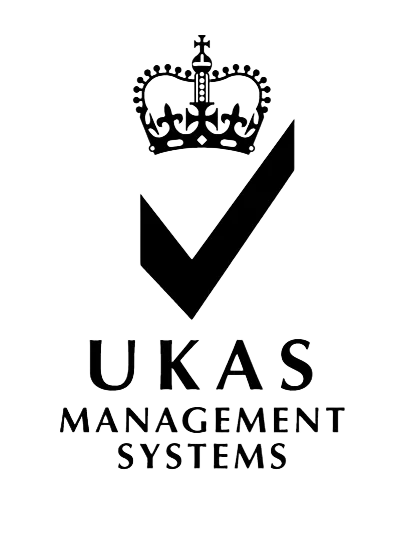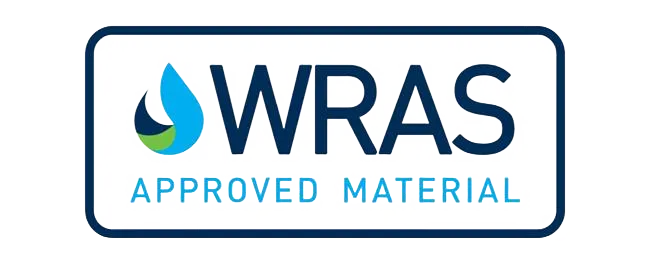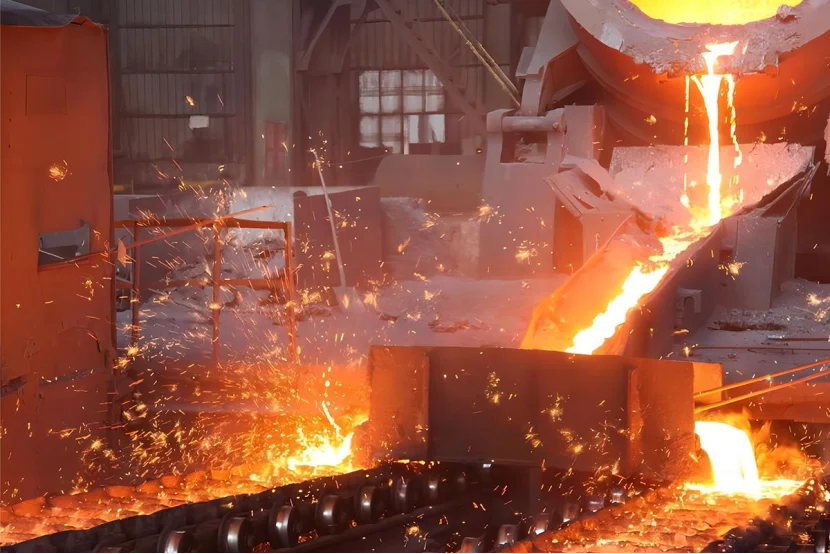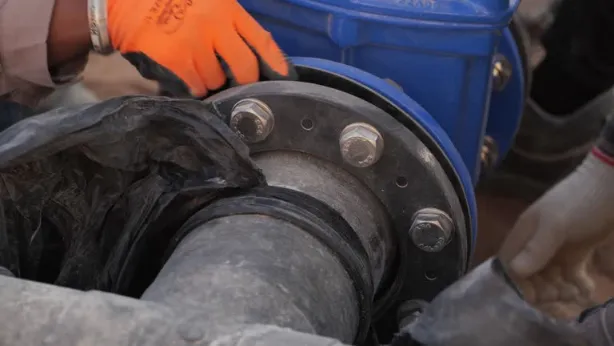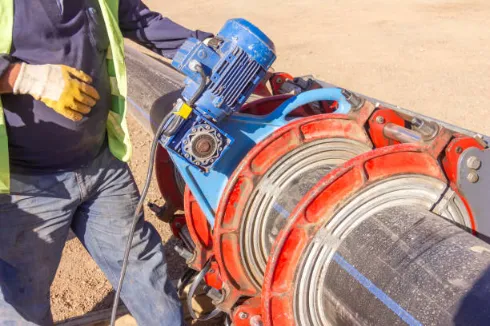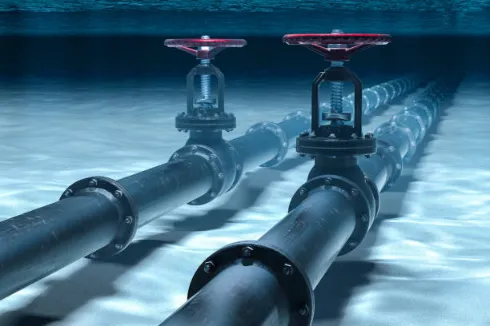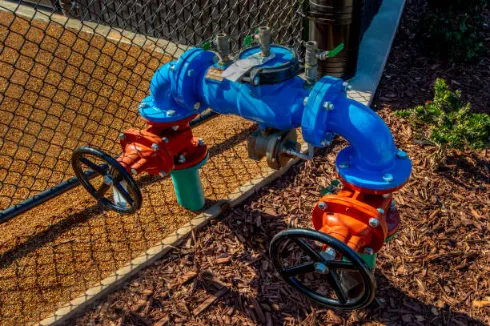Understanding Ductile Iron
The Definition and Characteristics of Ductile Iron
Ductile cast iron is a special kind of cast iron. It’s also called nodular cast iron or spheroidal graphite iron. It has tiny round graphite bits in its structure. These bits are made through special mixing and treating steps. They give ductile cast iron great strength. It’s super flexible and tough against bangs. Unlike regular cast iron, which breaks easily because of flat graphite pieces, ductile cast iron bends better. It’s much stronger too. Qo'shin has professional technology and equipment, and their ductile iron is sure to be worth more than its price
How Ductile Iron Differs from Traditional Cast Iron
The big difference in Egiluvchan temir vs cast iron is how they’re built inside. Regular cast iron has flat graphite pieces. These make weak spots. They make the material crack under pressure. But ductile cast iron has round graphite bits. These spread out stress evenly. This makes it work better. It’s stronger and tougher. So, it’s great for jobs needing lots of strength.
The Production Process of Ductile Iron
Key Materials Used in Ductile Iron Manufacturing
Making ductile cast iron needs a few main things. The base is usually pig iron or scrap steel. This gives the iron part. Carbon and silicon are added to tweak the mix. Magnesium is super important. It turns graphite into round bits. Other stuff like copper or nickel might be added too. These boost things like rust protection or ease of shaping.
The Role of Magnesium in Creating Nodular Graphite Structures
Magnesium is a big deal in making ductile cast iron. It changes how graphite forms when the iron cools. When you add magnesium to hot iron, it cleans out bad stuff like sulfur and oxygen. This helps make round graphite instead of flat pieces. Round graphite makes the material stronger. It cuts down on weak spots inside.
Differences in the Production Process: Ductile Iron vs Cast Iron
Making ductile iron vs cast iron is different because of a special step. Regular cast iron just cools without extra treatment. This makes flat graphite pieces. But ductile cast iron needs magnesium treatment. You have to control the heat and mix carefully. This makes round graphite bits. It’s a bit trickier to make, but the result is way better.
Properties and Advantages of Ductile Cast Iron
Mechanical Properties of Ductile Cast Iron
Ductile cast iron has awesome strength. It can handle pulling forces from 60 ksi (kilopounds per square inch) to over 120 ksi for fancy types. It stretches a lot, up to 20%. That means it’s super bendy. It’s also great at handling repeated stress and big hits. This makes it perfect for tough jobs like car parts, pipes, or big machines.
Corrosion Resistance and Durability Features
Ductile cast iron fights rust well. Its tight structure forms a protective layer in some places. This helps it last long in tough spots like underground or near the sea. It’s also tough against wear. It stays strong even when things rub against it a lot.
Why Ductile Iron is Preferred Over Cast Iron
Egiluvchan temir beats regular cast iron for a few reasons:
Strong and Tough: It handles heavy loads and bangs better.
Flexible: You can shape it into tricky designs without breaking it.
Saves Money: It costs more to make, but it lasts longer. You fix it less.
Lots of Uses: It works for water pipes, car parts, and more.
Applications of Ductile Iron in Various Industries
Use of Ductile Cast Iron in Pipeline Connections and Repairs
Ductile cast iron is a star in pipelines. It’s strong and bendy. It’s great for making pipe joints that handle high pressure. It doesn’t crack easily. You can shape it exactly to fit existing pipes. Companies worldwide use ductile cast iron for water, drainage, gas, oil, and chemical pipelines. It’s super reliable and works well.
Applications in Water Supply and Drainage Systems
Ductile cast iron is a top pick for water and drainage systems. It makes pipes, fittings, and valves. It fights rust, so it lasts long underground or in wet places. It can handle high water pressure too. This makes it great for drinking water systems. Its toughness saves money on fixes. Cities and utility companies love it.
The Role of Ductile Iron in Gas, Oil, and Chemical Industries
Ductile cast iron is key in gas, oil, and chemical work. Its strength makes it perfect for parts like flanges, couplings, and valves. These need to handle hot or harsh stuff. It’s tough against bangs, so it’s safe under high pressure. You can shape it into complex designs without losing strength. Engineers rely on it for tough jobs.
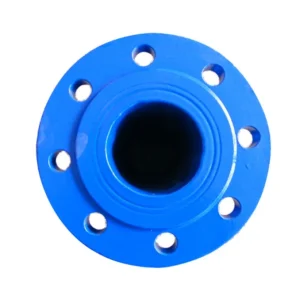
Comparing Ductile Iron vs Cast Iron: Key Insights
Strength and Flexibility Comparison Between the Two Materials
The main difference in ductile iron vs cast iron is strength and bendiness. Ductile cast iron has round graphite bits. These make it strong and flexible. It can take hits without breaking. Regular cast iron has flat graphite pieces. These make it weak and brittle. It cracks easily under stress.
Longevity and Maintenance Considerations for Each Material
Ductile cast iron lasts longer than regular cast iron. It doesn’t crack or rust as much. Its tight structure fights wear. This means fewer fixes. Regular cast iron needs more care. It can crack under heavy loads or rust in wet places.
Cost-Effectiveness Analysis: Which Material Suits Specific Applications?
Ductile cast iron costs more to make than regular cast iron. But it saves money over time. It needs fewer repairs and lasts longer. This makes it great for tough jobs needing strength. Regular cast iron is cheaper upfront. It’s good for simple jobs where strength isn’t a big deal.
Global Impact and Usage of Ductile Cast Iron
Adoption Across Engineering Sectors Worldwide
Ductile cast iron is used all over the world. It’s flexible and strong. It works in building projects, car making, and more. Its mix of toughness and rust protection makes it a favorite in many fields.
Regional Trends in the Use of Ductile Cast Iron
Ductile cast iron is used differently around the world:
Europe and North America: It’s big in water supply systems.
Asia: Fast-growing cities use it in construction.
Africa: It’s growing in use for new utility projects.
Tez-tez beriladigan savollar
What are the key differences between ductile iron vs cast iron?
Ductile cast iron has round graphite bits. These make it strong and bendy. Regular cast iron has flat graphite pieces. These make it brittle and weak.
Why is ductile cast iron preferred for pipelines?
It’s strong and fights rust. It handles high pressure well. This makes it great for pipe joints.
How does ductile cast iron contribute to cost savings?
It costs more to make, but it lasts longer. You fix it less. This saves money over time.
Where is ductile cast iron commonly used?
It’s used in water systems, gas pipelines, oil refineries, chemical plants, car parts, and big machines.
Contact us today if you’re seeking expert solutions tailored to your industrial needs or want more information about Qopqoq bo'g'inlari‘ customization services for pipeline connections!


